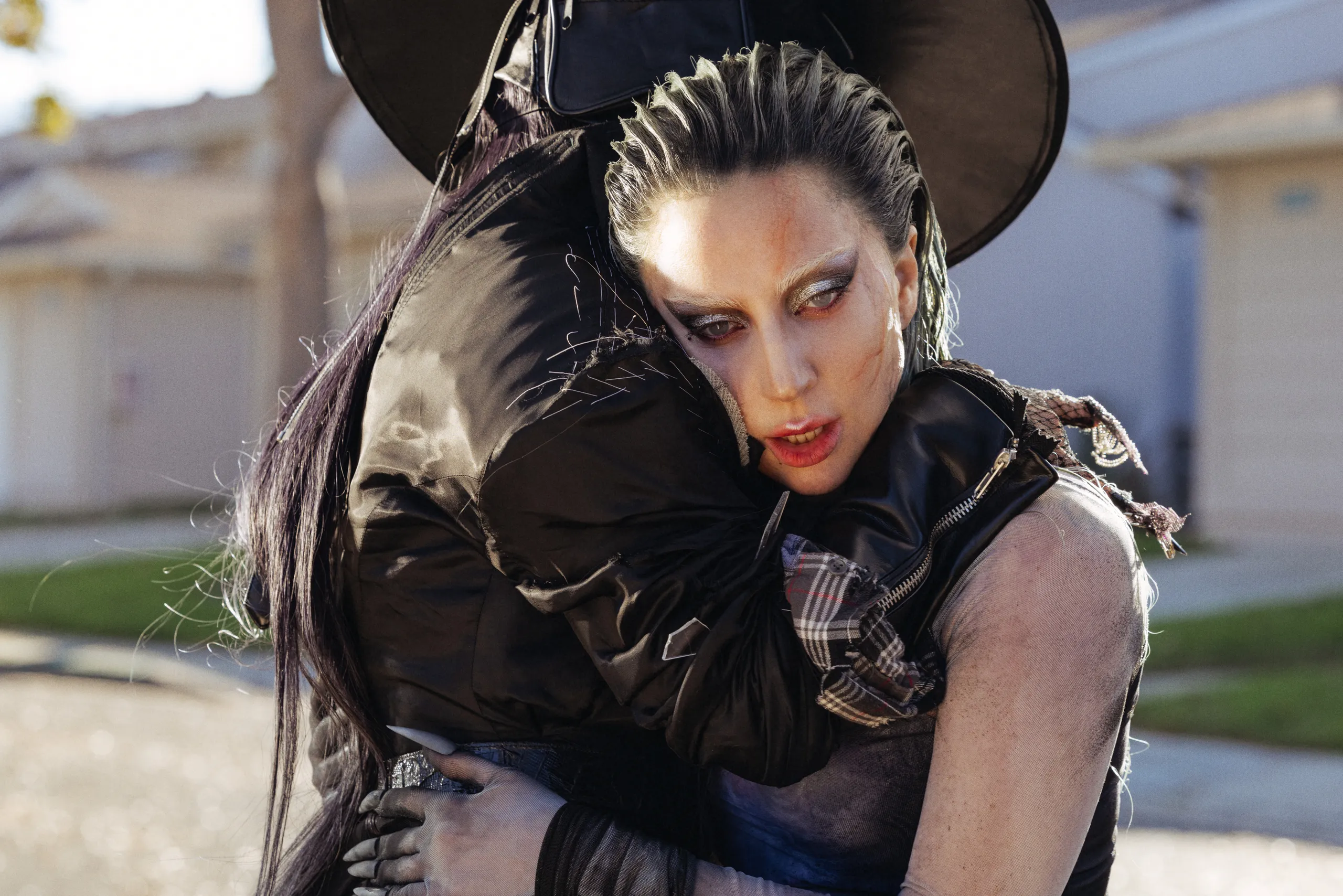
Of
Tommy Siddhu
Hollywood – a place that spins stories so grandiose that we often mistake them for reality. It has the power to transport us, thrill us, break our hearts and uplift us all in one breath. But for all its spectacle, there is one persistent question that nags: does Hollywood have a soul, or has it been buried under mountains of money and spectacle-driven blockbusters? If Hollywood has a heart, where should we begin our search to find it?
This is not just a superficial survey of the entertainment industry; it’s about the very nature of art and commerce, a question that has dogged Hollywood since the first studio moguls realized that storytelling could become an empire. So, if Hollywood’s soul still exists, where is it hiding?
It’s tempting to say that storytelling is where Hollywood’s soul lies. After all, the dream factory has always prided itself on the power of storytelling. But what happens when the stories being told feel more like regurgitated formulas than reflections of human experience? Still, every now and then a film comes along that touches something deeper and reminds us that Hollywood can still offer more than CGI explosions and cookie-cutter scripts.
Take Moonlight—a film that defied the odds to win Best Picture. Its quiet, nuanced portrayal of identity and masculinity wasn’t the kind of film that screamed box office gold, but it resonated so deeply that it became a cultural landmark. Then there is Nomadic landthat seemed to stand in silent defiance of Hollywood’s mainstream fare, telling the story of a marginalized America often ignored by the industry that profits from it.
But here’s the catch – movies like these, while rare in the mainstream, suggest that Hollywood’s soul isn’t dead, just eclipsed by the towering franchise films and sequels flooding the market. When a movie like Moonlight breaks through, it feels like a rare glimpse of a forgotten heart.
Hollywood is, at its core, a business. It’s easy to forget this when we’re swept up in the latest epic space battle or tear-jerking drama, but behind every movie is a company calculating its profitability. The studios are invested in franchises that can extract billions – think Marvel, Fast & Furiousor Star Wars. And while they undeniably offer entertainment, they often feel like hollow spectacles designed to fuel the box office rather than move audiences.
But then there are filmmakers who manage to play both sides of the game – balancing artistic integrity with commercial success. Quentin Tarantino is a prime example. His films are undeniably box office hits, but they are also imbued with his unique vision, style and tireless passion for storytelling.
So perhaps the soul of Hollywood is not lost, but simply masked by layers of financial interest. It peers through the cracks, into the work of filmmakers who refuse to sacrifice vision for profit. These auteurs remind us that in an industry based on commerce, art can still thrive—if only just barely.
Hollywood has long positioned itself as a force for social change. From civil rights to LGBTQ+ rights, movies have played a role in shaping cultural dialogue. Movies like 12 years a slave and Black Panther fueled conversations about race and representation, and earned both critical acclaim and box office success. These films showcase Hollywood’s ability to influence society, challenge long-held prejudices and elevate underrepresented voices.
But the question remains: is Hollywood’s activism genuine, or just a marketing tool? After all, this is the same industry that has historically marginalized and exploited people of color, women, and LGBTQ+ individuals for decades. Are movies like Black Panther a genuine sign of progress, or simply Hollywood exploiting social movements for profit?
The answer may lie somewhere in between. Hollywood, for all its flaws, still provides a platform for stories that need to be told. The business machinery behind these films may be self-serving, but the impact they have on the world cannot be denied. Perhaps the soul of Hollywood is hidden in the tension between commerce and social change, a precarious balance where progress occurs despite the forces that work against it
With the rise of streaming platforms like Netflix, Amazon and Disney+, the content creation landscape has changed dramatically. Suddenly we are no longer confined to Hollywood studios as the gatekeepers of which stories are told. Streaming has democratized content in ways unimaginable just a decade ago, giving rise to a more diverse voice.
But here too we find that tension between art and commerce. Streaming platforms are notorious for data-driven content creation, where algorithms decide what viewers want before they even know it. This computerization of creativity sometimes feels like the death knell for the art of storytelling. And yet streaming has given us The Queen’s Gambit, Octopus gameand Rome— Proof that the medium can produce high art alongside its endless waves of formal fodder.
Perhaps the soul of Hollywood is scattered across these platforms, decentralized but still alive, waiting to be discovered in the most unlikely corners of the digital landscape.
So, does Hollywood still have a soul? The answer, like most things in Tinseltown, is complicated. The soul of Hollywood is not in any one place. It is scattered across the indie scene, in the passion projects of auteurs who refuse to conform. It’s tucked away in the few blockbusters that transcend their commercial origins to deliver something truly meaningful. And it can be seen in the activism that occasionally breaks through the industry’s carefully crafted image.
The soul of Hollywood may not reside in the glitz and glamor of red carpets or the towering skyscrapers of studio executives’ offices. Instead, it exists on the margins, where art still battles commerce, where stories still have the power to change opinion, and where filmmakers, against all odds, continue to create works that speak to the human condition.
Ultimately, Hollywood isn’t soulless—it’s just hiding. The real question is: are we willing to look beyond the spectacle to find it?




